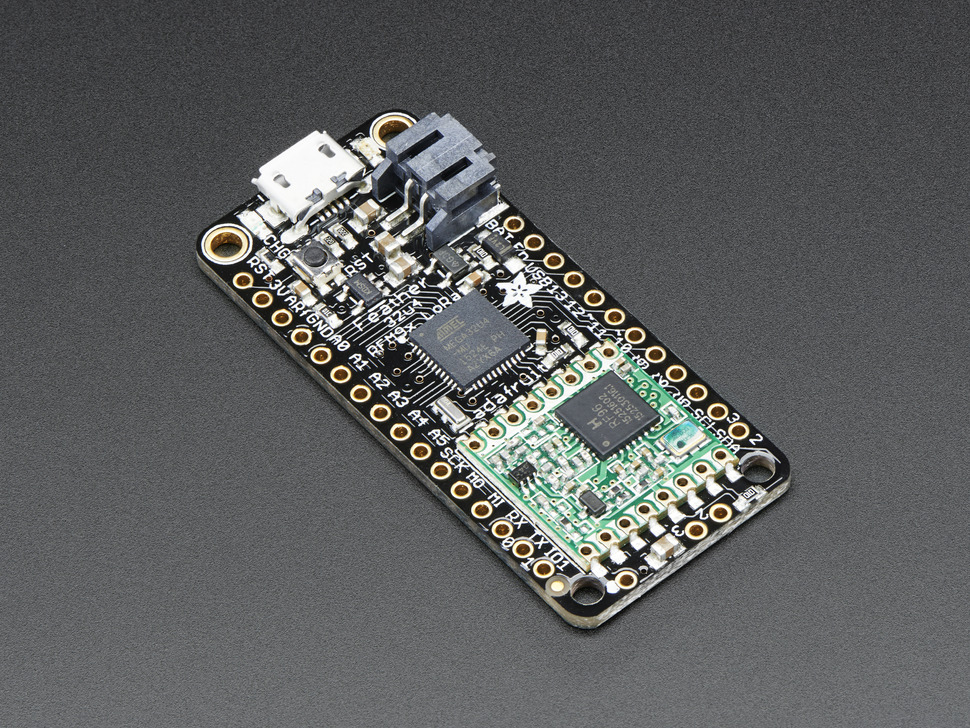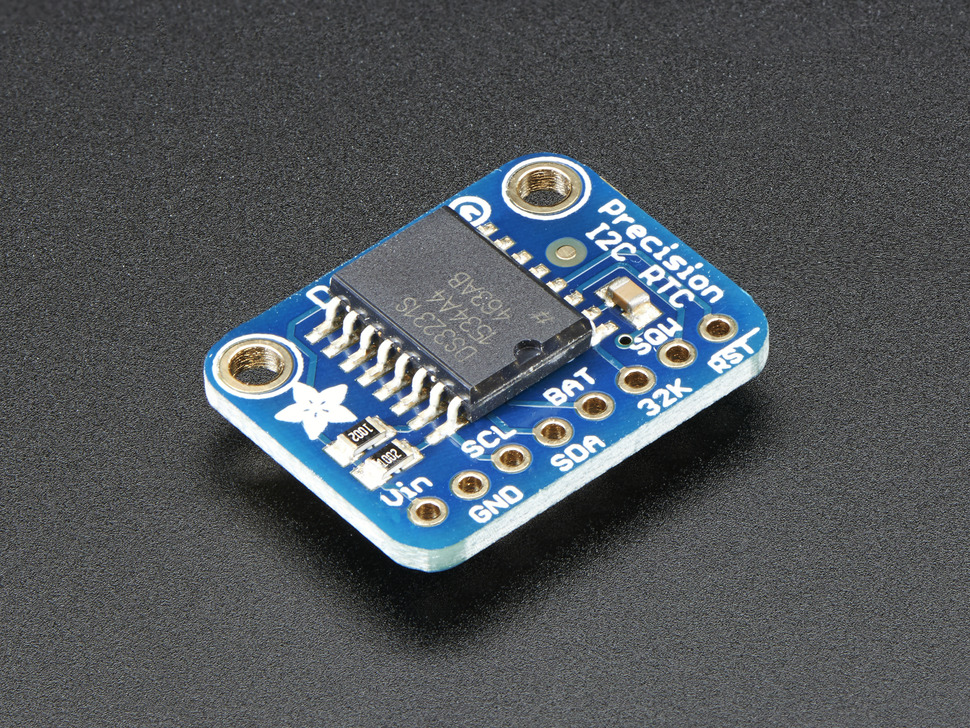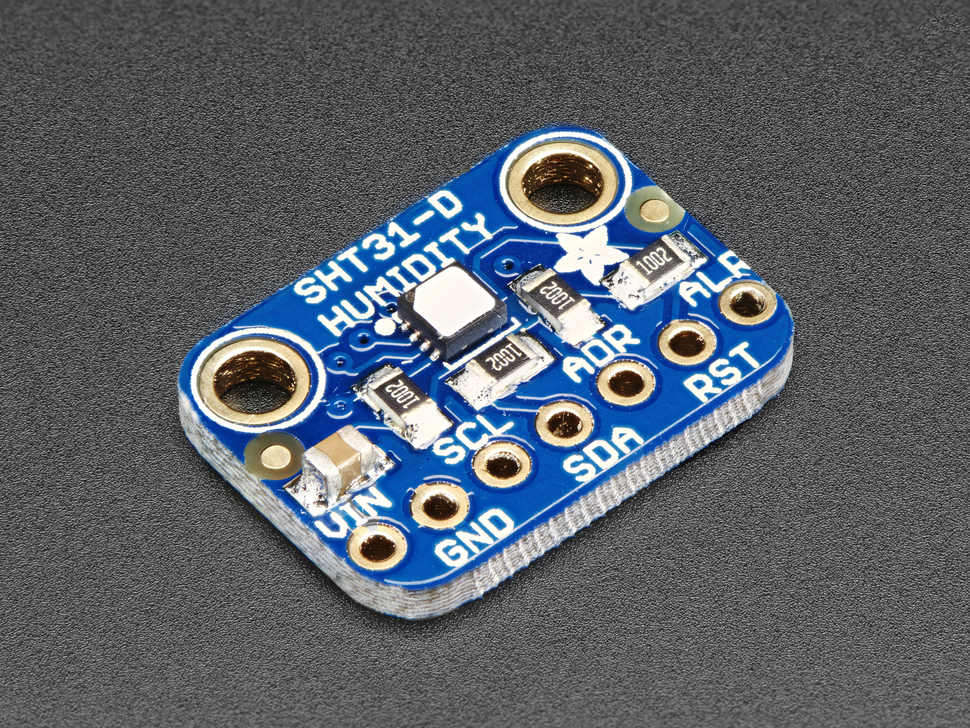Author: Marissa Kwon
ABSTRACT
It has been some time since any updates were posted on development of the Evaporimeter device designed to remotely transmit evaporation data via LoRa transmission to a central receiver and then to an internet hub. There have been A LOT of changes – so many additions and revisions to the overall design that perhaps now it is best to introduce the Evaporimeter as an entirely new model with an expanded focus on reporting data for a multitude of environmental factors.
And now introducing the OPEnS Lab’s “newest” take on the remote sensing…
COMPONENTS
The aim of our transmitters is to become as powerful and “invisible” to the surrounding environment as possible. To achieve this we have added and removed various components to make our sensors more efficient and send a wider range of data. Here is a breakdown of all components attached to our new transmitter.


ADAFRUIT FEATHER 32u4 RFM95 LoRa Radio – 915 MHz
This new development board is roughly the same length and width of the ProTrinket, and comes with built-in LoRa transmission capabilities as well as a place to solder in a ufl connector. The Feather also includes a portable battery attachment which we will be using for our power source


This external “real time clock” breakout gives our transmitters the ability to enter sleep mode and awaken periodically to collect and transmit data. While in sleep mode, the microprocessor’s routines are halted and the battery power is conserved.


ADAFRUIT SHT31-D Temp/Humidity Sensor
This breakout allows our sensors to report back temperature (where 100 degrees F is signified by a 1) and humidity (as a percentage) values using I2C communication. This breakout will be exposed to the outdoor environment through a small reinforced opening in the sensor housing.


ADAFRUIT TSL2591 FULL/INFRARED SENSOR
The TSL2591 has built in infrared and full spectrum diodes that allow it to separately measure infrared, full-spectrum, and visible light in three modes – simple, advanced, and API. We will be using the advanced mode to simply report light intensity in the full and infrared spectrum. As for visible light, we would like to add another RGB color sensor in the near future.


HX711 LOAD CELL and STRAIN GAUGE
This hasn’t changed since the update and will be used to help measure evaporation by calculating the difference in the weight of the water in the catchment over time.
– Our battery was also replaced from 1000 mAh to a larger 2000 mAh one, allowing us to leave the sensors in the field undisturbed for a longer period of time.
More updates on the new transmitter and a discussion on our sensor’s potential use for wide range of studies to come.
Another post describing the results of field testing on the Evaporimeter equipped with RTC and sensors will be posted hopefully by the end of next week.
– Marissa Kwon URSA/Summer REU Student Researcher
